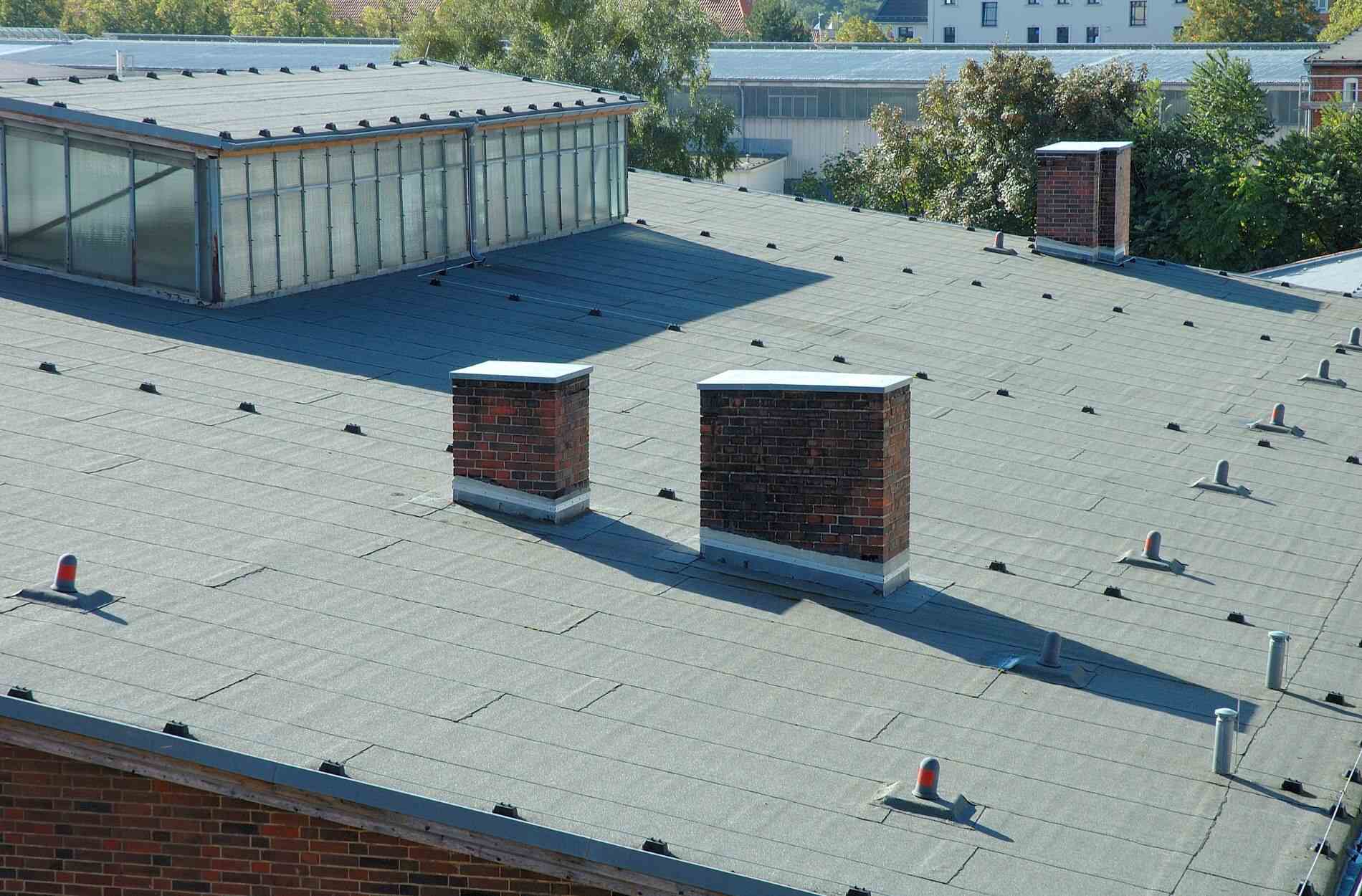Roofs are essential for protecting buildings, but not all roofs are made the same. Commercial and residential roofing might seem similar, yet they have distinct differences in materials, design, maintenance needs, and costs. Understanding these differences can help property owners make informed decisions about their roofing needs.
Commercial roofs usually cover larger areas and may have different slopes compared to residential roofs. These distinctions require specific materials and techniques tailored to the building type. On the other hand, residential roofs often prioritize aesthetic appeal alongside functionality. Both types have unique maintenance requirements that ensure longevity and performance. Exploring these aspects can offer valuable insights into choosing the right roofing system for any structure.
Differences in Roofing Materials
Commercial and residential roofing materials differ significantly due to the distinct needs and structures of each type of building. In commercial roofing, materials like single-ply membranes, modified bitumen, and built-up roofing are commonly used. These materials are chosen for their durability and ability to cover large, flat surface areas. Single-ply membranes, such as TPO and EPDM, offer robust protection against the elements, while built-up roofing provides excellent waterproofing and UV resistance. Modified bitumen combines the best of both, with layers of asphalt and plastic or rubber modifiers.
On the other hand, residential roofing relies more on materials like asphalt shingles, wood shakes, metal roofing, and tile. Asphalt shingles are the most popular choice for homes due to their affordability, ease of installation, and variety of styles. Wood shakes offer a natural aesthetic but require more maintenance. Metal roofing, including options like aluminum or steel, provides longevity and energy efficiency. Tile roofing, whether clay or concrete, is prized for its durability and classic appearance but is heavier and may require additional structural support.
Structural Design and Roofing Techniques
– Commercial roofing typically involves flat or low-slope roofs, while residential roofs are often steeper with various designs like gable, hip, or mansard roofs.
– In commercial buildings, the roofing structure must accommodate large HVAC systems, skylights, and other equipment, requiring reinforced support.
– Residential roofs focus on aesthetic appeal, with an emphasis on architectural diversity, which allows for a wide range of decorative roofing techniques.
– Commercial roofing often involves extensive use of roof coatings and reflective materials to enhance energy efficiency and protect against harsh weather conditions.
– In residential roofing, ventilation and insulation are prioritized to maintain the home’s internal temperature and prolong the roof’s lifespan.
– Commercial installations generally require specialized teams trained in handling large-scale projects and the specific materials used, while residential roofs are often installed by general roofing contractors familiar with standard home roofing materials.
By understanding these differences, property owners can make informed decisions based on their specific roofing needs, ensuring longevity and durability tailored to their building type.
Maintenance Requirements
Maintaining commercial and residential roofs involves different approaches due to their distinctive designs and materials. Residential roofs, often sloped and featuring shingles or tiles, generally require routine inspections and cleaning to remove debris. Homeowners should check for damaged or missing shingles after heavy weather events and ensure gutters and downspouts are clear to prevent water buildup and roof damage.
In contrast, commercial roofs are typically flat or low-sloped and often use materials like TPO, EPDM, or built-up roofing. These roofs may require more frequent maintenance to check for ponding water and ensure seals around vents, HVAC systems, and other rooftop installations remain intact. Regular inspections are essential to detect any punctures or membrane issues early on. Due to the roof’s flat nature, pooling water can quickly become a problem, necessitating prompt intervention to avoid leaks and structural damage.
Cost and Installation Time
– Cost Differences: Residential roofing projects usually have lower costs per square foot due to simpler installations and smaller roof areas. Commercial roofing, requiring specialized materials and more complex installation techniques, tends to be more expensive.
– Installation Time: Residential roofs can often be installed or repaired in a matter of days, depending on the size of the home and the project’s complexity. Commercial roofing projects might take weeks or even months due to the greater scale and need for specialized crews and equipment.
– Labor Requirements: Residential roofs typically require smaller crews and less specialized labor, making the process faster and less costly. Commercial roofs, however, demand teams skilled in handling large surfaces and specific materials, which can add to labor costs.
Conclusion
Understanding the differences between commercial and residential roofing can better prepare you for making informed decisions about your roofing needs. Each type requires different materials, designs, and maintenance strategies to ensure they perform effectively and efficiently. Whether you own a home or a business, staying knowledgeable about your roof’s upkeep is crucial for its longevity and functionality.
For homeowners, regular inspections, shingle maintenance, and gutter cleaning are key to keeping roofs in top shape. Business owners should prioritize frequent checks of their flat roofs for water pooling and membrane damage, as well as maintain all rooftop installations to prevent leaks and structural issues.
If you need either residential or commercial roofing services, Mega Pro is here to provide expert solutions tailored to your specific requirements. Contact us today to discuss how we can help care for and extend the life of your roof.


